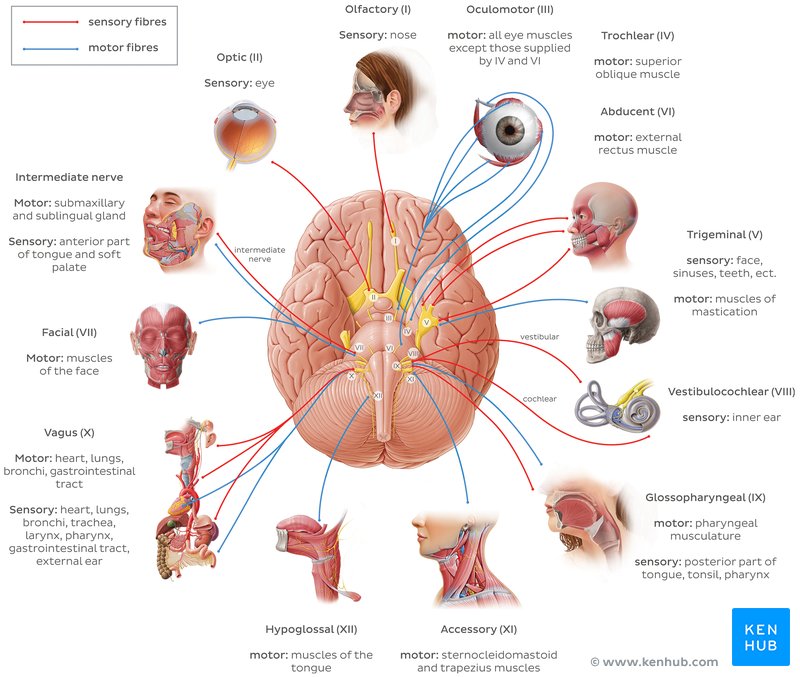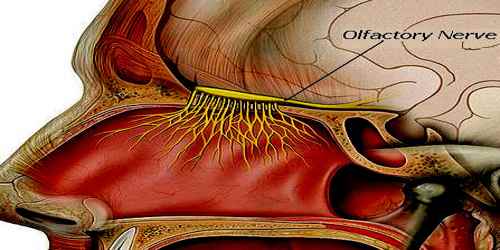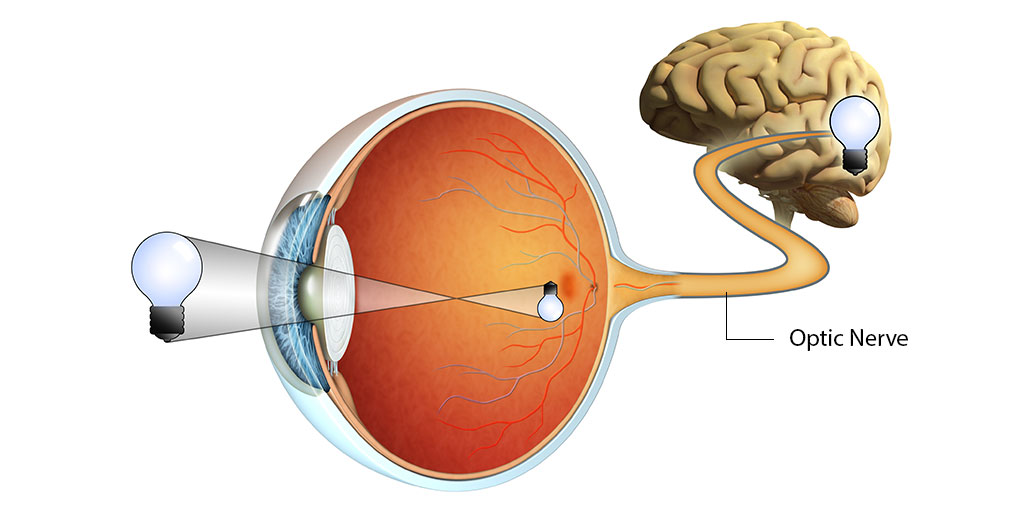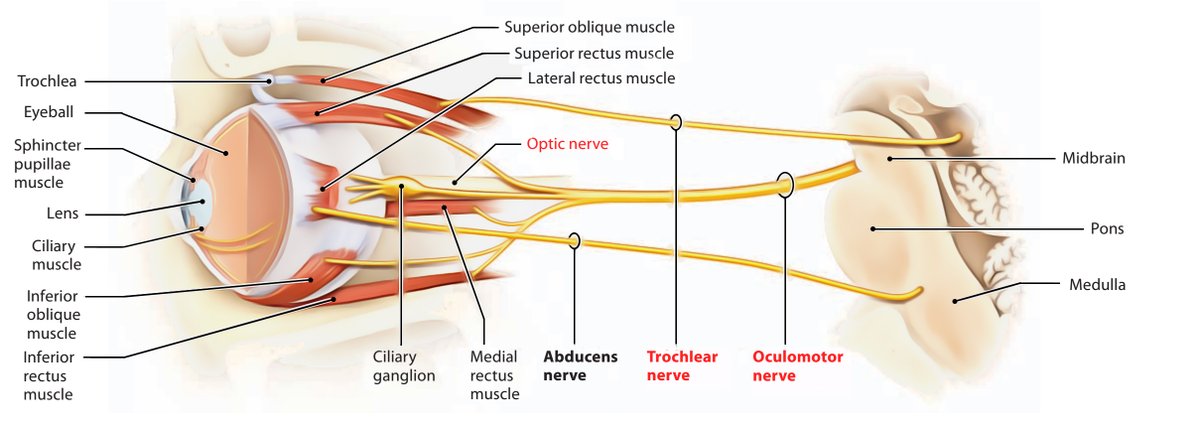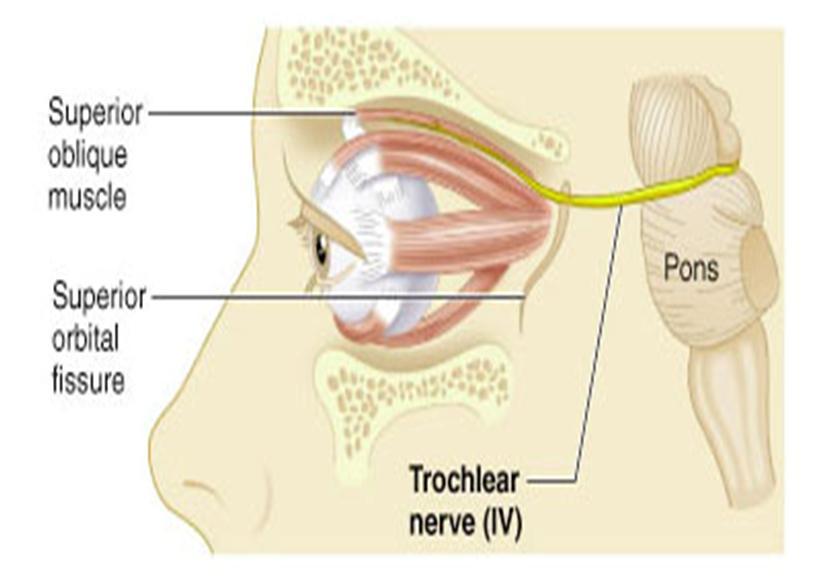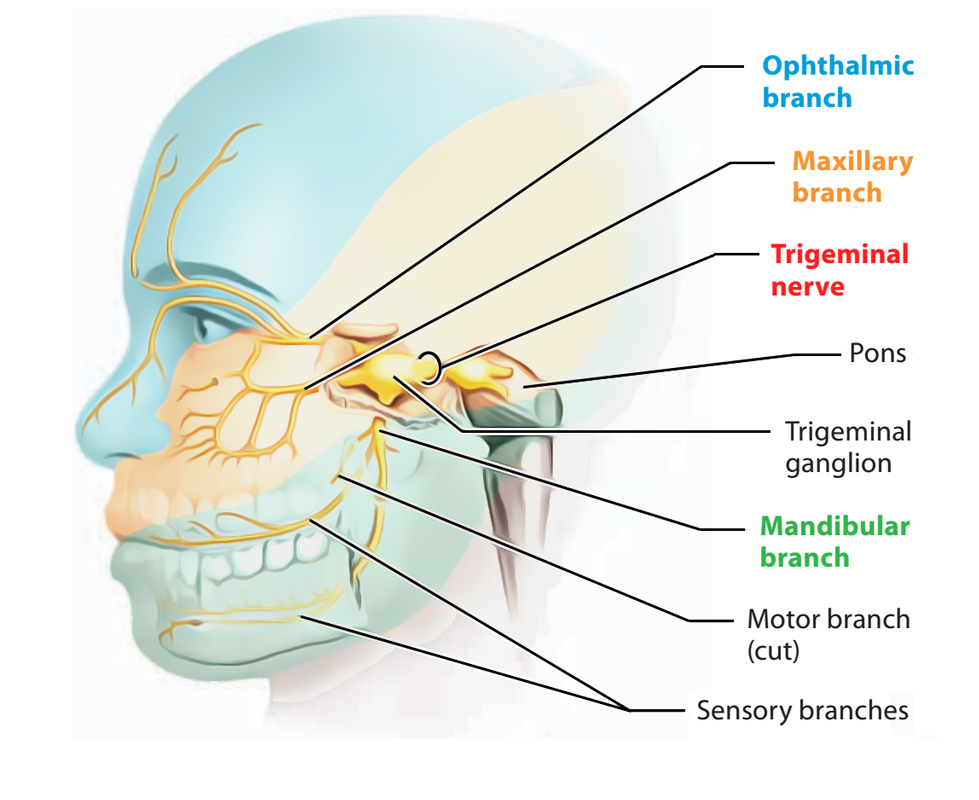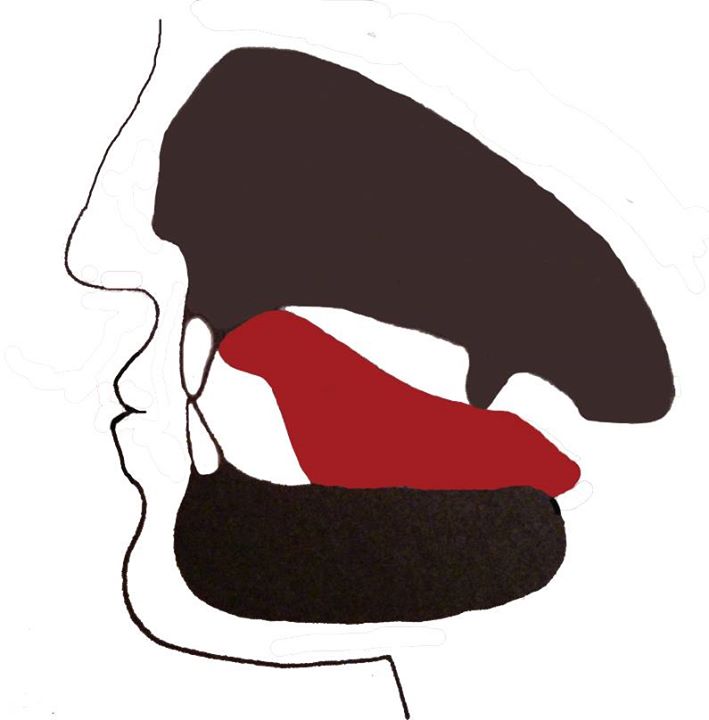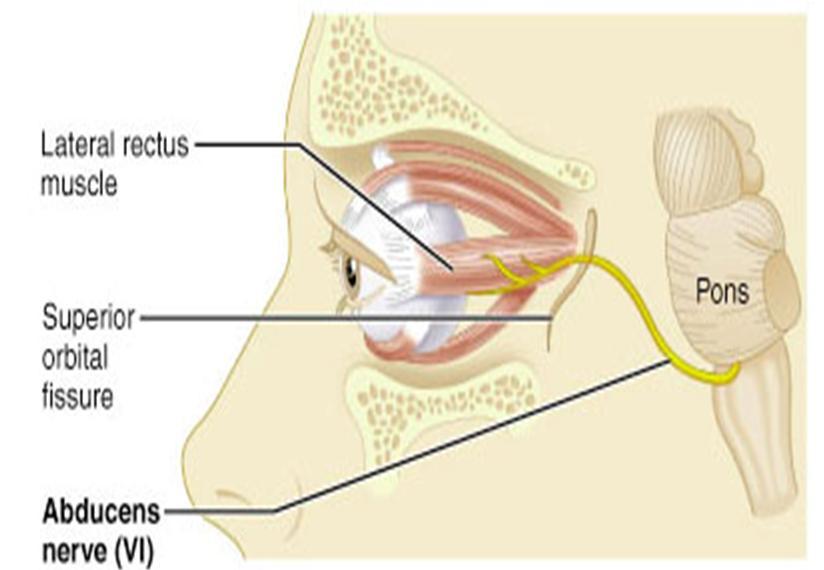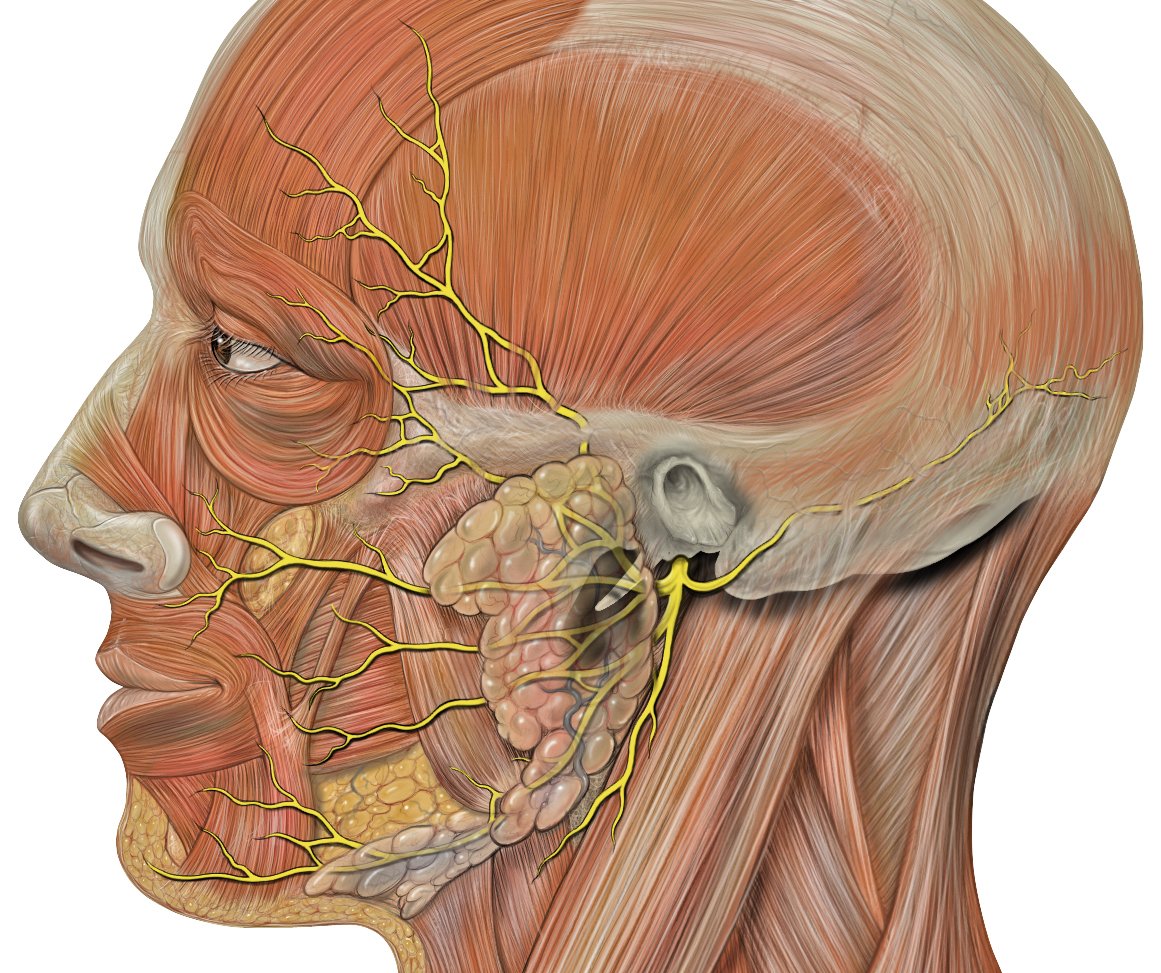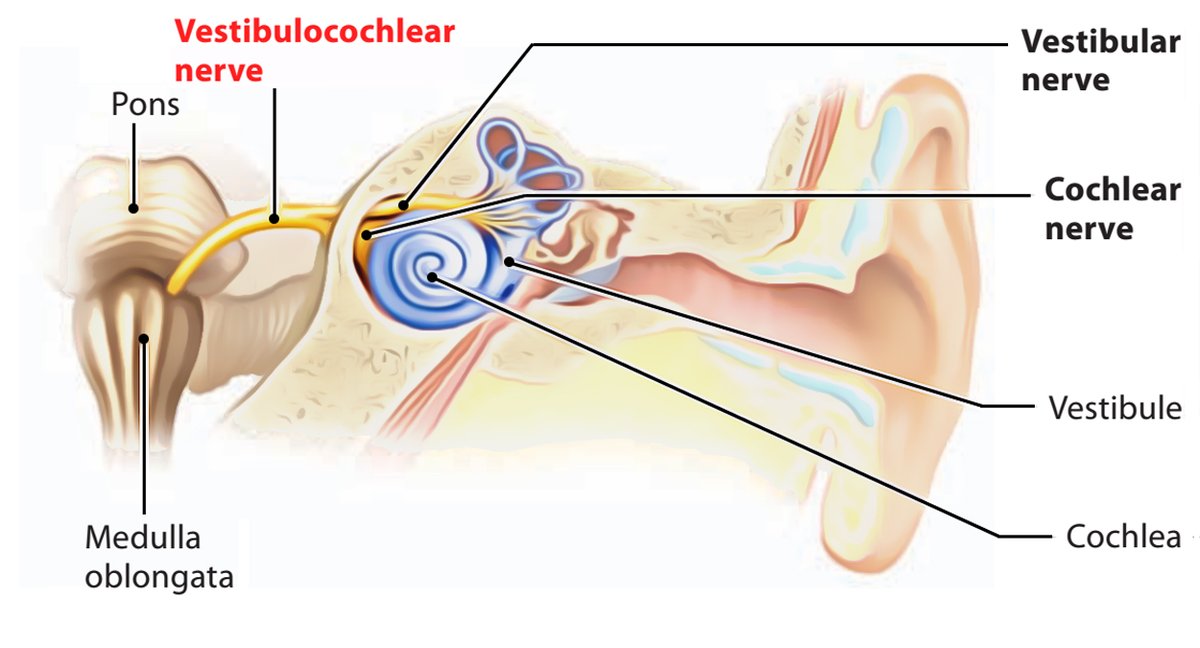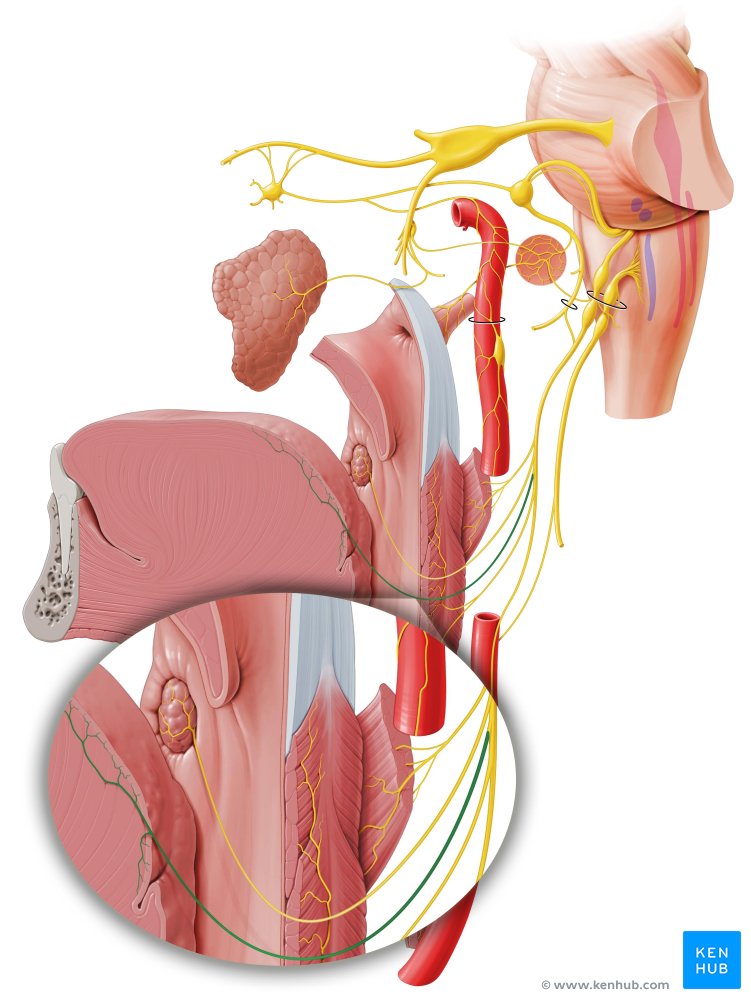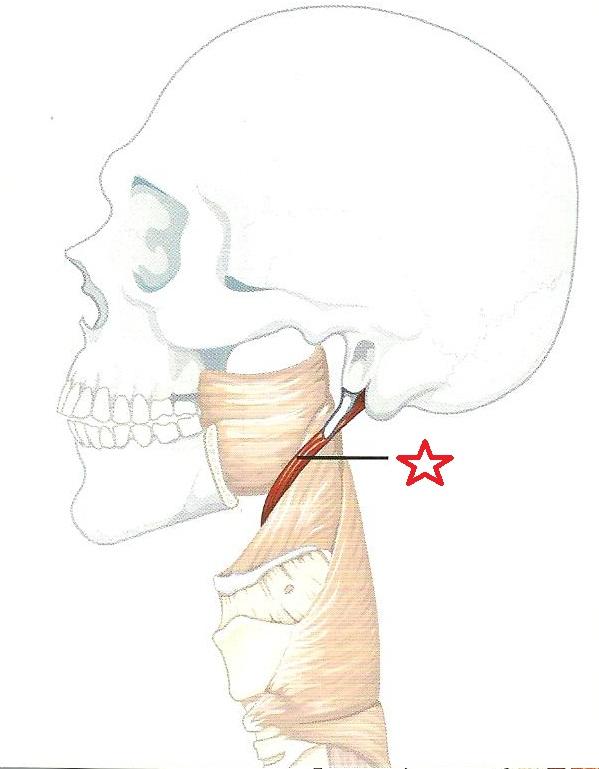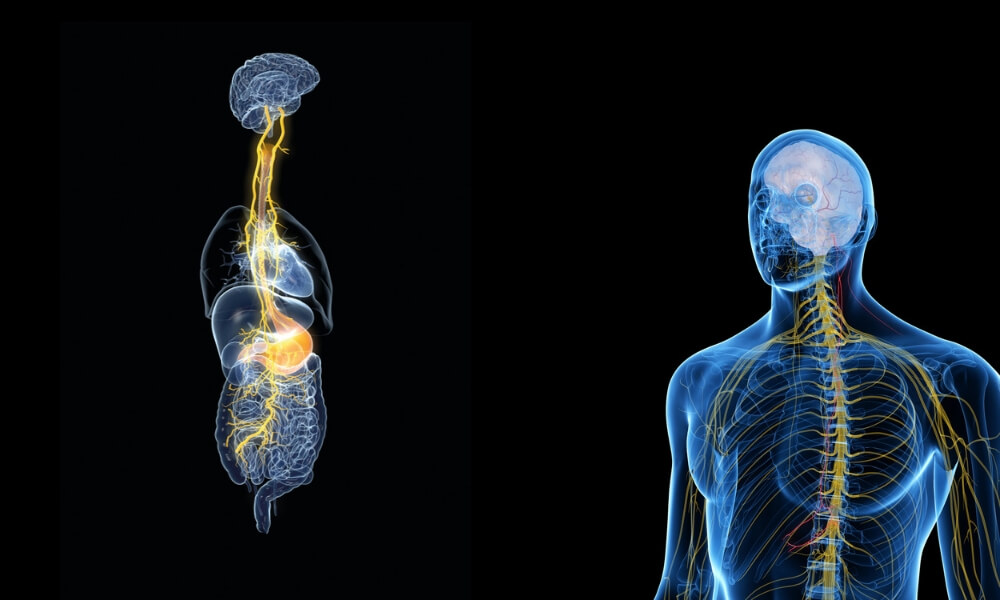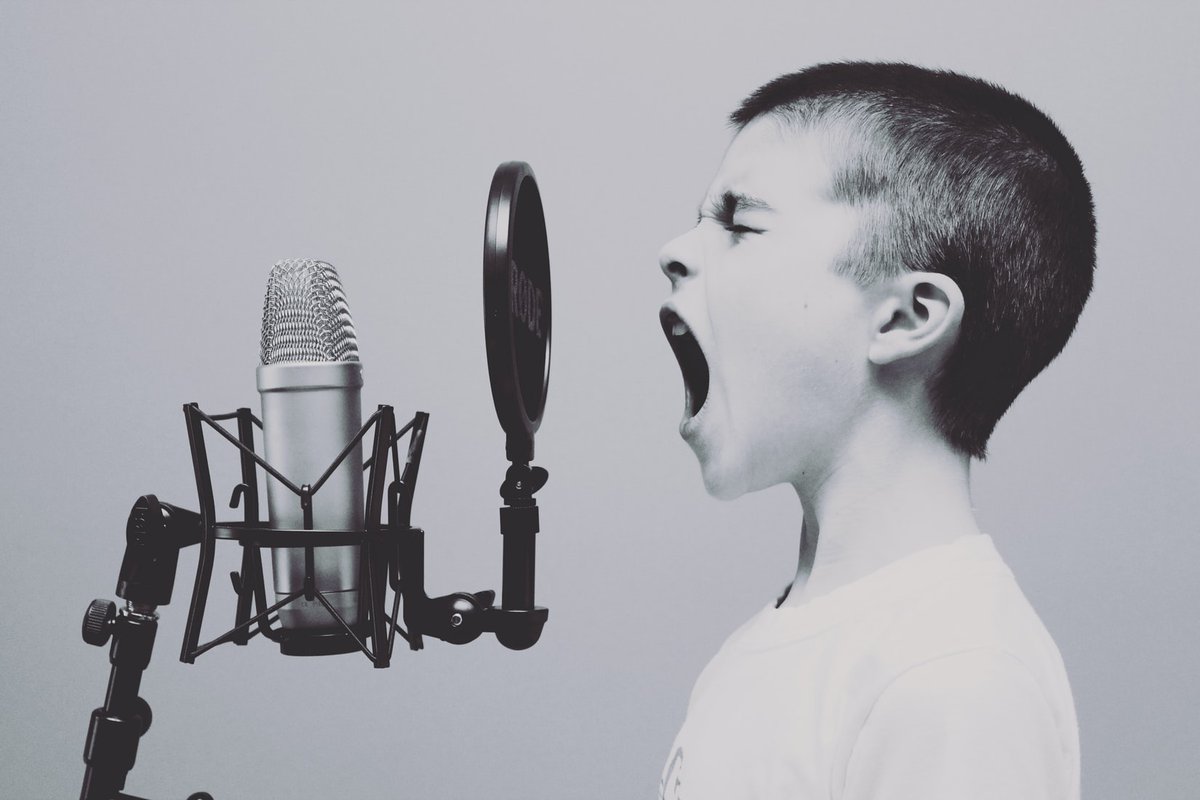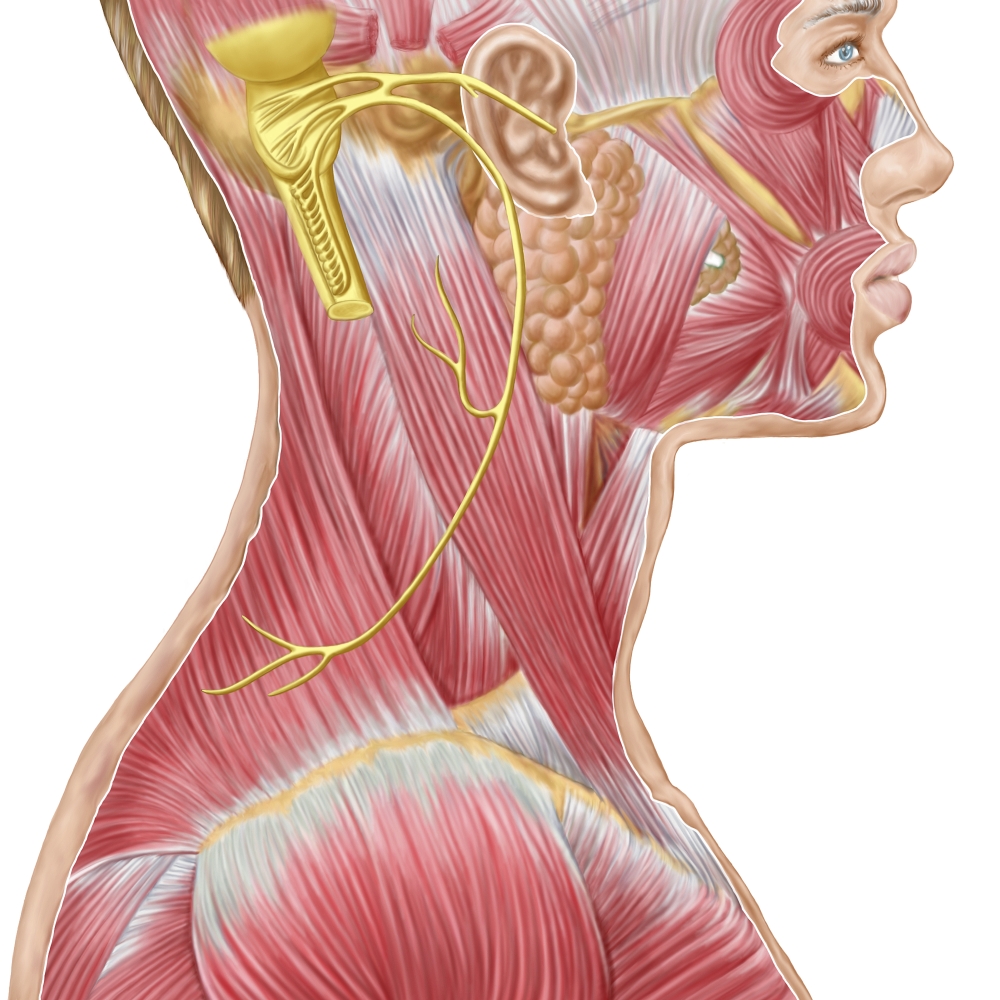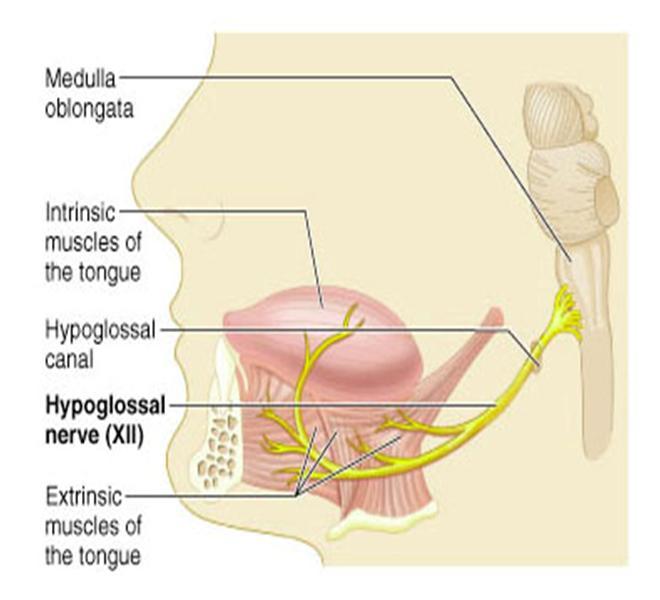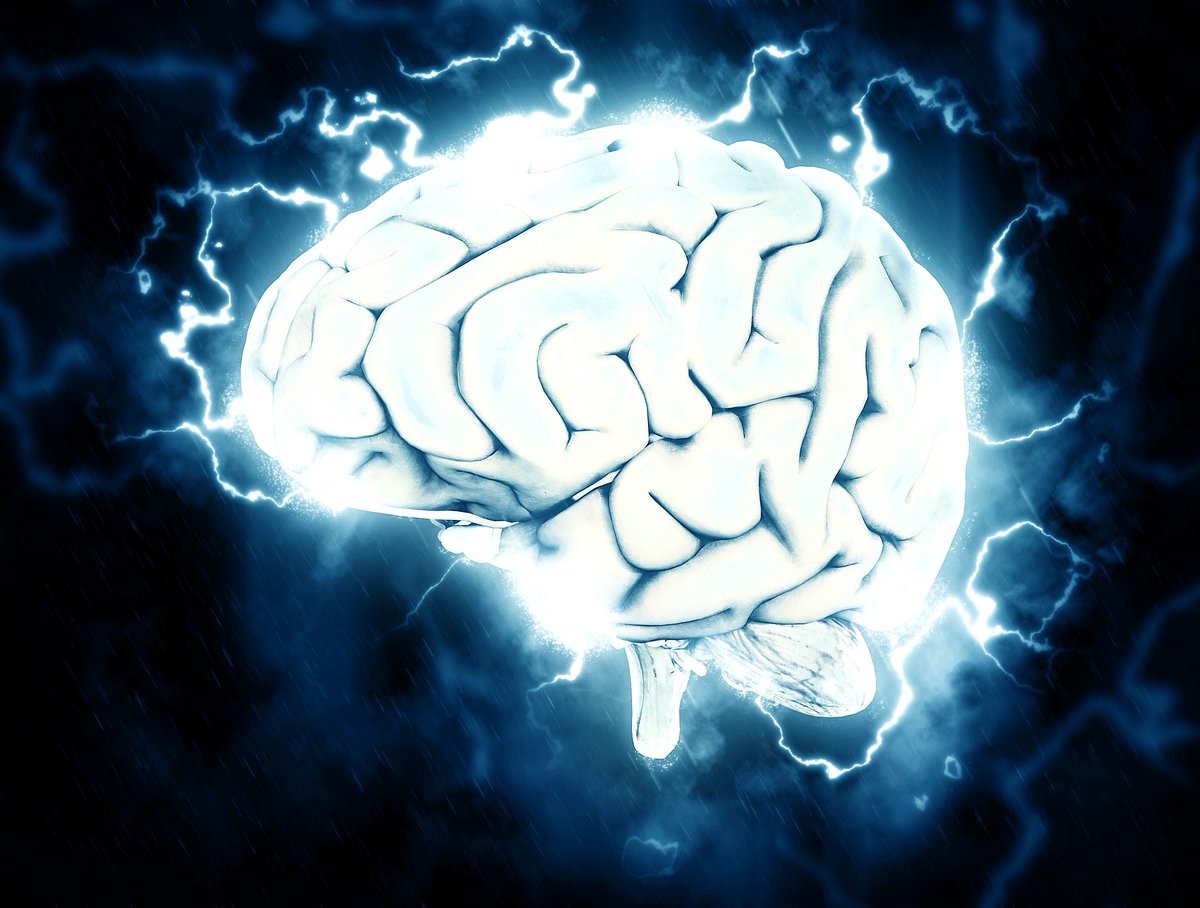The number twelve is a sacred symbol of cosmic order in the human experience, from Jesus' apostles to the Olympian gods, and sons of Odin.
Twelve cranial nerves emerge out of your brain to chat with your body.
This thread explores the role of these vital links on your health.
Twelve cranial nerves emerge out of your brain to chat with your body.
This thread explores the role of these vital links on your health.
The Labors of Hercules are one of the most famous ancient myths.
Zeus' mortal son had to perform twelve impossible feats to redeem the murder of his wife and children under the spell of a jealous Goddess.
His struggles and triumphs lead him to immortality.
Zeus' mortal son had to perform twelve impossible feats to redeem the murder of his wife and children under the spell of a jealous Goddess.
His struggles and triumphs lead him to immortality.
Now, your cranial nerves are the basis of your existence.
They relay information between your brain and different body parts to orchestrate your life.
- Enable 4 senses - vision, hearing, taste, smell
- Control vital functions ranging from breathing to heart rate, and chewing.
They relay information between your brain and different body parts to orchestrate your life.
- Enable 4 senses - vision, hearing, taste, smell
- Control vital functions ranging from breathing to heart rate, and chewing.
The rest of this thread will cover each nerve separately and gives twelve Cranial Labors to target specific parts of your brain.
You might feel off mentally sometimes. These exercises will send blood flow and electrical current to perhaps underwhelmed parts of your brain.
You might feel off mentally sometimes. These exercises will send blood flow and electrical current to perhaps underwhelmed parts of your brain.
1/ Olfactory Nerve
Has a smell ever triggered a vivid memory? This process happens because of the communication between your nose and brain enabled by your olfactory nerve.
The scent of vanilla has long been linked to aphrodisiac properties. Smells may even help you with pain.
Has a smell ever triggered a vivid memory? This process happens because of the communication between your nose and brain enabled by your olfactory nerve.
The scent of vanilla has long been linked to aphrodisiac properties. Smells may even help you with pain.
A new study published in Pain Medicine found that odor exposure improved the pain threshold of lower back patients.
The subjects smelled 4 different odors (rose, vanilla, chocolate, peach) every two hours for four weeks, and decreased their pain sensitivity.
The subjects smelled 4 different odors (rose, vanilla, chocolate, peach) every two hours for four weeks, and decreased their pain sensitivity.
Cranial Labor #1 - Expose yourself to a pleasant smell, 3-4x/day
- Rose
- Chocolate
- Vanilla if you have ED
- Peach
- Rose
- Chocolate
- Vanilla if you have ED
- Peach
2/ Optic Nerve
The cranial nerve links the outside world and your brain to create vision. This connection influences your movements, and even your emotions.
A small study found that participants improved their task- performance after seeing images of baby animals.
The cranial nerve links the outside world and your brain to create vision. This connection influences your movements, and even your emotions.
A small study found that participants improved their task- performance after seeing images of baby animals.
Cranial Labor #2 - Start your day by looking at pleasant or motivating imagery.
Use your optic nerve to prime yourself positively, whether by looking at nature outside, or a video online. I used to watch highlights of my favorite hockey players to hype myself before a game.
Use your optic nerve to prime yourself positively, whether by looking at nature outside, or a video online. I used to watch highlights of my favorite hockey players to hype myself before a game.
3/ Oculomotor Nerve
This link enables the movements of your eyes.
Your Oculomotor nerve connects to your brain stem directly, the oldest part of your brain in charge of orchestrating unconscious functions such as breathing, posture, and heart rate.
This link enables the movements of your eyes.
Your Oculomotor nerve connects to your brain stem directly, the oldest part of your brain in charge of orchestrating unconscious functions such as breathing, posture, and heart rate.
Cranial Labor #3 - Eye exercise (Figure 8)
Exercise the six muscles around each eye to stimulate your brain stem.
- Draw a black line on your dominant index finger
- Focus on the line with both eyes
- Trace a figure 8 around your eyes
- Follow the line
Exercise the six muscles around each eye to stimulate your brain stem.
- Draw a black line on your dominant index finger
- Focus on the line with both eyes
- Trace a figure 8 around your eyes
- Follow the line
4/ Trochlear Nerve
Another nerve involved in eye movement. This one moves your eye balls inward and downward.
Another nerve involved in eye movement. This one moves your eye balls inward and downward.
Cranial Labor #4- Eye Exercise (Convergence)
- Hold a pen to your nose
- Look straight ahead
- Converge to focus on the tip of the pen
- Hold the contraction for 3 seconds
- Look straight ahead
- Repeat
- Hold a pen to your nose
- Look straight ahead
- Converge to focus on the tip of the pen
- Hold the contraction for 3 seconds
- Look straight ahead
- Repeat
5/ Trigeminal Nerve
The largest, most complex cranial nerve:
- Gives sensation to various structures of your head/face
- Sends information about the position of your head to your brain
- Controls chewing motions
The largest, most complex cranial nerve:
- Gives sensation to various structures of your head/face
- Sends information about the position of your head to your brain
- Controls chewing motions
Cranial Labor #5 - Tongue Posture
Proper tongue posture prevents you from clenching your teeth during the day, which hinders the communication between your Trigeminal nerve and your brain.
Keep your tongue pressed against the roof of your palate when your mouth is closed.
Proper tongue posture prevents you from clenching your teeth during the day, which hinders the communication between your Trigeminal nerve and your brain.
Keep your tongue pressed against the roof of your palate when your mouth is closed.
6/ Abducens Nerve
Yet another cranial link involved in eye movement. Your Abducens Nerve turns your gaze outward to expand your field of vision.
Cranial Labor #6 - Eye Exercise, Lateral Motions
- Turn your eyeballs all the way to the left, then to the right
- Repeat 10x
Yet another cranial link involved in eye movement. Your Abducens Nerve turns your gaze outward to expand your field of vision.
Cranial Labor #6 - Eye Exercise, Lateral Motions
- Turn your eyeballs all the way to the left, then to the right
- Repeat 10x
7/ Facial Nerve
This connection enables facial expressions, an essential aspect of human communication.
Cranial Labor #7 - Wide Smile
- Smile as wide as possible
- Hold for 3 seconds
- Return to a neutral face
- Repeat 10-15x
This connection enables facial expressions, an essential aspect of human communication.
Cranial Labor #7 - Wide Smile
- Smile as wide as possible
- Hold for 3 seconds
- Return to a neutral face
- Repeat 10-15x
8/ Vestibulocochlear Nerve
You know how a song can take you back to a precise moment, or how music affects your mood.
This process occurs through the Vestibulocochlear Nerve, which enables hearing and detects changes in your head's position for balance control.
You know how a song can take you back to a precise moment, or how music affects your mood.
This process occurs through the Vestibulocochlear Nerve, which enables hearing and detects changes in your head's position for balance control.
Cranial Labor #8 - Balance Exercise
Challenge your Vestibulocochlear Nerve with balance exercises such as Split Squats and Pistol Squats, or walking on a tight rope.
Challenge your Vestibulocochlear Nerve with balance exercises such as Split Squats and Pistol Squats, or walking on a tight rope.
9/ Glossopharyngeal Nerve
This nerve supplies your throat area, tonsils, middle ear and part of your tongue for taste and sensation.
The connection controls the muscle involved shortening and widening your throat.
This nerve supplies your throat area, tonsils, middle ear and part of your tongue for taste and sensation.
The connection controls the muscle involved shortening and widening your throat.
Cranial Labor #9 - Swallow
- Press your tongue against your palate
- Swallow 10x while keeping your tongue in place
- Press your tongue against your palate
- Swallow 10x while keeping your tongue in place
10/ Vagus Nerve
The longest cranial nerve in your body starts in your brain stem and extends into your abdomen. Your Vagus controls your vital organs, along with the calming parasympathetic branch of your nervous system.
Need to relax? The Vagus Nerve is there for you.
The longest cranial nerve in your body starts in your brain stem and extends into your abdomen. Your Vagus controls your vital organs, along with the calming parasympathetic branch of your nervous system.
Need to relax? The Vagus Nerve is there for you.
Cranial Labor #10 - Singing/Humming
Sing your favorite song, or hum for 1 min.
These actions excite your vagus nerve, which also controls the calming branch of your nervous system and your vital organs.
There's a reason humming is a core aspect of many meditation practices.
Sing your favorite song, or hum for 1 min.
These actions excite your vagus nerve, which also controls the calming branch of your nervous system and your vital organs.
There's a reason humming is a core aspect of many meditation practices.
11/ Accessory Nerve
This connection enables movements of the head and neck by controlling two prominent muscles - the Upper Trapezius and Sternocleidomastoid.
Do you have neck stiffness or mobility restrictions? Your Accessory Nerve controls it all.
This connection enables movements of the head and neck by controlling two prominent muscles - the Upper Trapezius and Sternocleidomastoid.
Do you have neck stiffness or mobility restrictions? Your Accessory Nerve controls it all.
Cranial Labor #11 - Every Day is Neck Day
Stimulate your Accessory Nerve with daily neck exercises.
Perhaps part of the pain and mobility restriction comes from an underwhelmed connection due to a lack of movement (ie. only looking at a screen all day) https://twitter.com/mythoughtfood/status/1258078538869194753?s=20
Stimulate your Accessory Nerve with daily neck exercises.
Perhaps part of the pain and mobility restriction comes from an underwhelmed connection due to a lack of movement (ie. only looking at a screen all day) https://twitter.com/mythoughtfood/status/1258078538869194753?s=20
12/ Hypoglossal Nerve
The last cranial nerve supplies the muscles of your tongue, whose movements are vital to properly digest food and breathe.
The last cranial nerve supplies the muscles of your tongue, whose movements are vital to properly digest food and breathe.
Cranial Labor #12 - Tongue Exercises
Tongue exercises stimulate your Hypoglossal Nerve, which connects to the oldest part of your brain that regulates functions such as breathing and posture. https://twitter.com/mythoughtfood/status/1233835011423559681
Tongue exercises stimulate your Hypoglossal Nerve, which connects to the oldest part of your brain that regulates functions such as breathing and posture. https://twitter.com/mythoughtfood/status/1233835011423559681

 Read on Twitter
Read on Twitter

